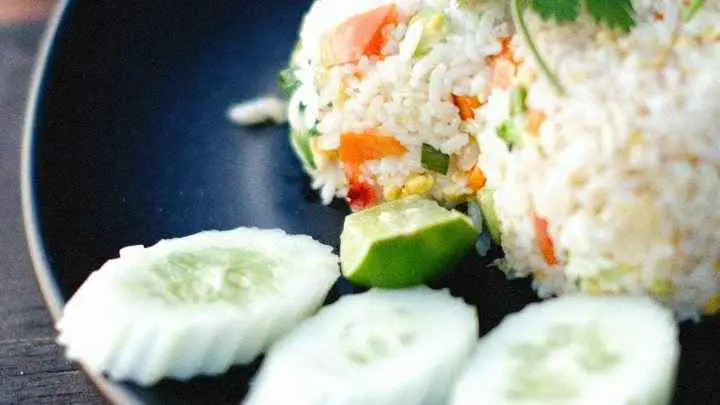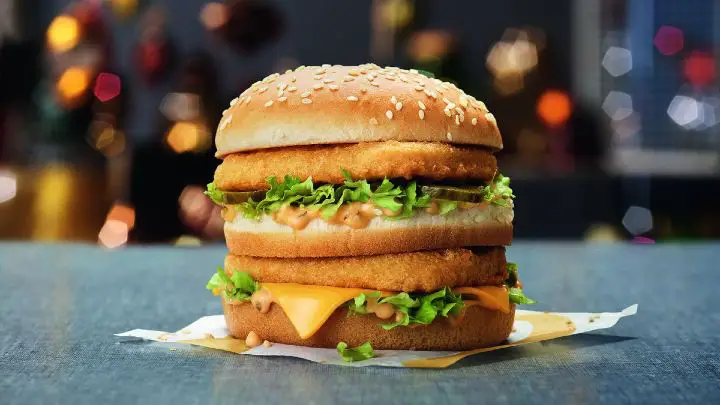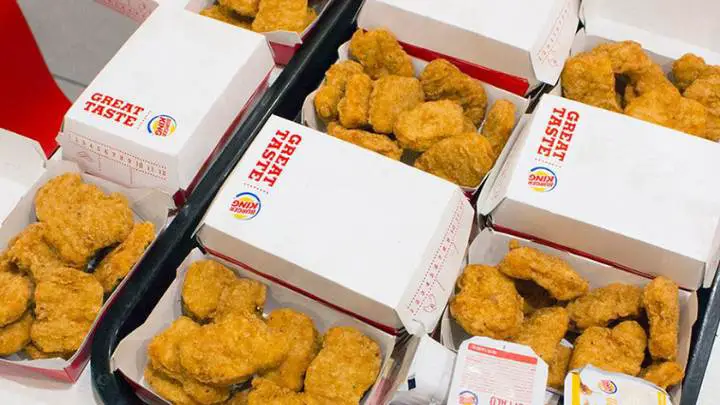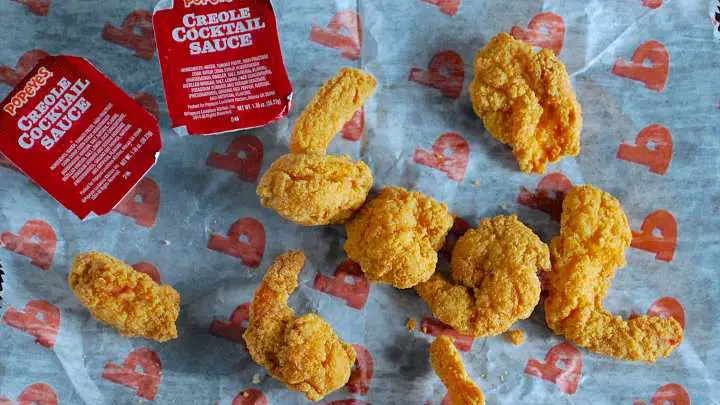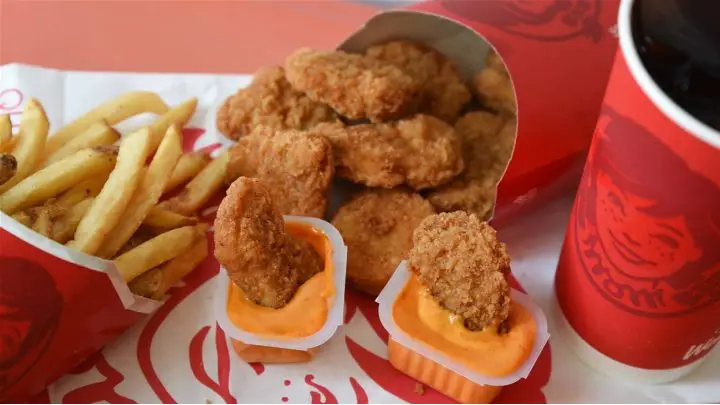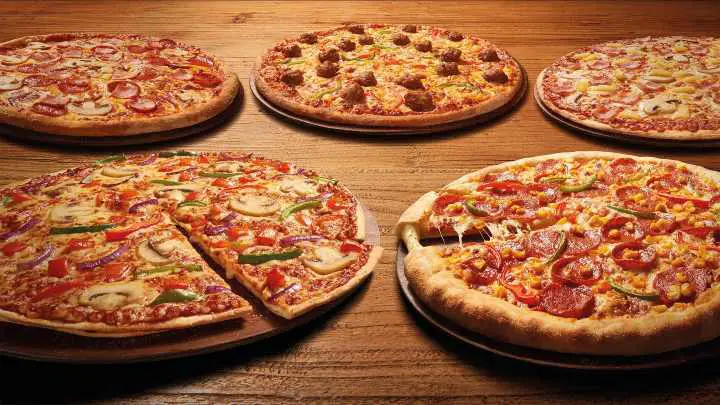If you have diabetes, you may be curious to know “What is Sella Rice?” is it the next best thing?
Many studies suggest that eating foods high in fiber and protein can help lower blood glucose levels. One of such foods is Sella rice.
Let’s refresh your memory: rice is a staple food with over 120,000 varieties. Each type, including Sella rice, has a distinct appearance, taste, and nutritional value.
Now is a good time to explore the true meaning of Sella rice, its benefits, and how it affects your well-being.
Are you ready? Let’s get you started.
What Is Sella Rice?
It is a type of parboiled rice partially cooked in its husk and is highly recommended for people with diabetes. That’s because it contains high levels of nutrients such as fiber and protein.
It also helps to regulate blood sugar levels. And it’s cultivated under favorable climatic conditions in India, especially in places like Uttar Pradesh, Orissa, West Bengal, and similar regions.
Sella rice has a lower glycemic index than white basmati rice, plain white, and brown rice combined. Its fiber content helps in weight loss and is rich in vitamins, minerals, antioxidants, and more.
Must-See Benefits of Eating Sella Rice
Weight loss: Studies show that Sella rice helps to reduce weight gain. This is because it contains a lot of fiber. Fiber is an important part of a healthy diet. It helps to keep you feeling full after you eat.
Blood Sugar Levels: Eating Sella regularly can help control blood sugar levels. That’s because it is very high in fiber and protein. Both of these things help to slow down digestion.
Blood Pressure: The rice can help to lower blood pressure. This is because it lowers cholesterol levels. High cholesterol causes problems with your arteries.
Heart Disease: Heart disease is one of the leading causes of death worldwide. However, Sella helps to reduce the risk of heart disease.
Diabetes: People with diabetes need to take extra care over what they eat. If you have diabetes, you should include this rice in your daily diet.
Is Sella Rice the Same as Plain Brown Rice?
No, it is not. Sella rice is made using special processing techniques. The technique allows the rice grains to remain whole while removing the outer layer of the grain. The result is that you will get much higher levels of nutrients in your diet when compared to normal brown rice.
One study found that people who ate this type of rice experienced significant improvements in their overall health. In particular, they noticed an improvement in their blood pressure and cholesterol levels.
The main difference between Sella and regular brown rice is that it contains more calcium per serving.
SEE: How to Get a Gift Card at ALDI Food Store
Is Sella Rice Healthier Than Brown Rice?
No, it depends. Sella and brown rice have a lot in common such as their fat, fiber, calorie, and protein content. However, brown rice takes the lead in supplying nutrients like phosphorus, folate, magnesium, etc., to your body.
Is Parboiled Rice a Healthy Grain?
Yes, Parboiled rice is healthy. If you’ve ever had a taste of this variety of rice, you can attest to its benefits and unique taste. Parboiled rice means partially pre-cooked rice that’s still in its husk. This style of rice retains more of its nutrients that would normally have been lost while processed.
The three steps to parboiling rice are:
- Soaking
- Steaming
- Drying
In addition, parboiled rice is much healthier than plain white rice and has a lower glycemic index than white and brown rice, making it ideal for people with diabetes. It also aids gut health and has fewer adverse effects on your blood glucose levels.
SEE: The Difference Between Parboiled Rice And White Rice
Is Sella Rice Different From Parboiled Rice?
Yes, it is. Sella rice has the same amount of carbohydrates as parboiled rice. These two rice of the same variety are only different based on the amount of time needed to cook them.
Generally, Sella requires more time to cook because, from the onset, it has been pre-cooked and left to dry.
Does Sella Rice Contain Gluten?
No, it doesn’t. Instead, it has good amounts of vitamins and minerals and is a premium quality gluten-free grain.
SEE: These Naturally Gluten-Free Foods
How Much Sella Rice Should You Eat?
There isn’t really a set amount of Sella rice that you should eat each day. However, you can aim to consume around 50g per day. The portion is enough to give you all of the benefits mentioned above.
However, if you feel hungry during the middle of the day, then you should increase your intake slightly. Try not to go too far beyond 100g per day. To be on a safe end, find out your daily calorie count from your doctor or dietician. That way, you’ll know how to caution yourself from eating excessively.
Can You Cook With Sella Rice?
Yes, you can. Provided you follow the instructions on the packet correctly, you can cook with the rice just like any other kind.
Cooking Instructions:
- Rinse the rice under cold running water until the water runs clear. Drain well.
- Add 1 cup of boiling water to the rice.
- Cover and let stand for 15 minutes.
- Fluff up with a fork and wait untill all the water has been absorbed.
- Once done, allow the cooked rice to settle for about 5 minutes.
- Serve afterward.
- Store leftovers in an airtight container at room temperature.
- Allow it to cool completely before storing.
- To reheat, place in a microwave-safe bowl and heat on medium (50%) power for 5 minutes. Stir well. Continue heating on low (10%-15%) power for 10 minutes or until heated thoroughly.
SEE: Food Storage Mistakes You Should Avoid From Now
FAQs
Is sella basmati rice parboiled rice or not?
Yes, it is. Sella basmati rice is parboiled while in its husk.
Do you need to soak sella rice?
No, pre-soaking is unnecessary. The rice cooks well the first time.
Can people with diabetes eat parboiled rice?
Yes, they can. Studies have shown that parboiled rice has a lower GI than white and brown rice. And it’s safe and beneficial for people with diabetes.
Conclusion
If you have diabetes or are allergic to gluten, Sella rice is one grain unlikely to trigger your conditions since it has a lower GI. You can enjoy it with your soups, eggs, and vegetables or as you like.
If you’re looking to lose weight, eating Sella is a useful strategy; it contains fewer calories but can be filling.
Thanks for reading.
If you enjoyed this article, read more like this on Cheffist.
